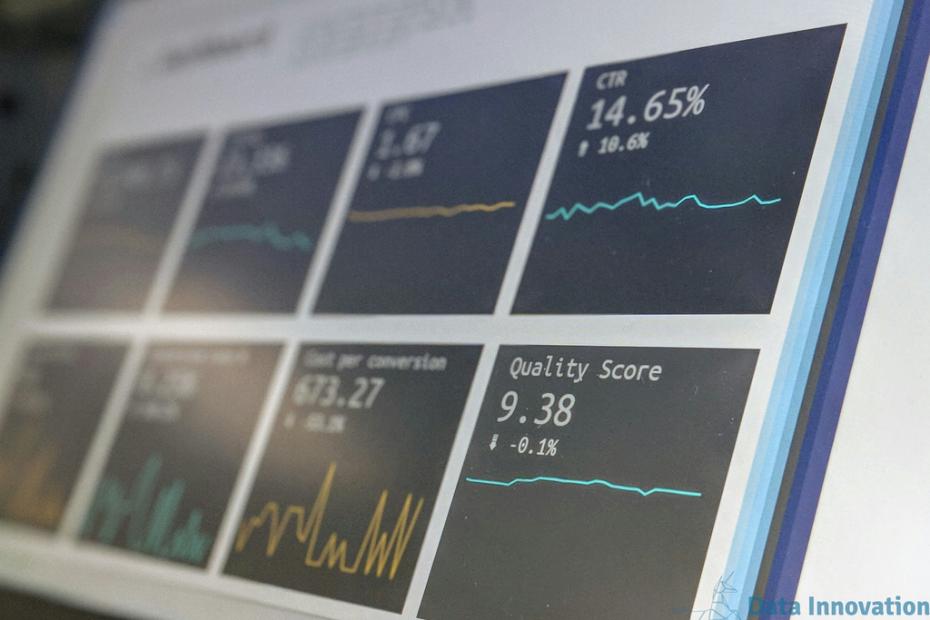Creative and Technical Use of Data Analysis to Influence Customer Experience and Market Positioning
In the era of big data, data analysis is not only a tool to understand consumer behavior, but also a crucial instrument for reshaping customer experiences and strengthening a company’s market positioning. Companies use advanced data analysis techniques to extract valuable insights that can completely transform the client-company interaction. Below, I explore how the creative and technical integration of analytics can play a decisive role in these aspects.
Example 1: Personalization of the Customer Journey in E-commerce
Consider an online retail store that integrates sophisticated data analysis tools to track and understand each customer’s interactions. Using machine learning algorithms and data mining, the store can analyze purchase history, reactions on social networks, and responses to email marketing campaigns from a customer. This information is used to create detailed user profiles, which in turn allow for precise product recommendations.
For example, if a customer frequently purchases skincare products in spring, the system automatically suggests new releases or popular products in this category before the season begins. This not only enhances the customer’s experience by making their shopping experience feel unique and cared for but also increases the effectiveness of cross-selling and promotions.
Example 2: Real-Time Supply Chain Optimization
A manufacturing company can use IoT sensors to collect real-time data from its supply chain operations. Once analyzed, this data can reveal key patterns such as downtimes, equipment failure rates, or production bottlenecks.
By implementing a robust ETL system and data visualization tools, the company can transform these large volumes of raw data into intuitive dashboards and actionable reports. Managers can use this information to make informed decisions such as adjusting work shifts, ordering preventive maintenance, or reconfiguring assembly lines, resulting in improved efficiency and reduced operational costs.
Example 3: Market Trend Predictions and Dynamic Pricing Models
Telecommunications companies operating in highly competitive markets can greatly benefit from predictive data analysis. By analyzing historical consumption data, usage patterns, and service preferences, along with external data such as economic trends and demographics, these companies can model and forecast consumption trends.
Using these models, companies can implement dynamic pricing strategies, adjusting the prices of their services in real-time to maximize revenue and customer retention. For example, during a major event in a specific area, the prices of mobile data services might increase due to high demand, while in off-peak seasons, prices could be adjusted to keep users active.
Conclusion
The creative and technical integration of data analysis not only optimizes internal operations but also redefines how companies interact with their customers and how they position themselves in the market. ETL tools are essential in this process, helping companies manage and transform data efficiently to feed advanced analytical systems. Ultimately, the goal is clear: to use data not just to respond to what customers want now but to anticipate their future needs and always be one step ahead of the competition.
¡Let’s talk today https://datainnovation.io/contactar/!
Source: Link


